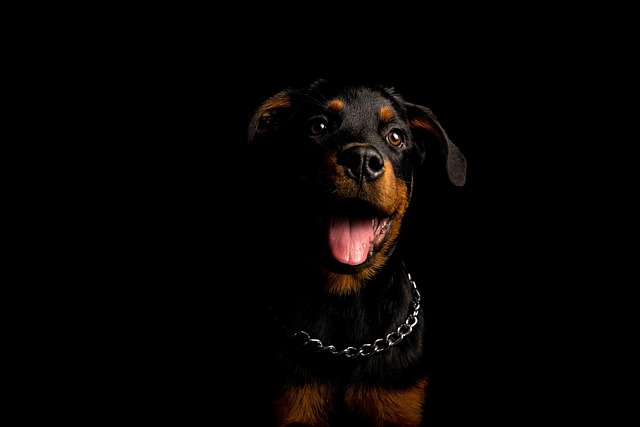
What does it mean when your Rottweiler growls at you?
That low, rumbling sound from your Rottweiler can stop you in your tracks. It’s not just noise—those vibrations carry a message, and decoding it matters more than you might think.
Dog dandruff—those tiny white flakes that show up on their coat or your furniture—isn’t just a cosmetic nuisance. It often signals dry, irritated skin, which can make your pup itchy and uncomfortable. Getting rid of it starts with understanding the root cause, as what works for one dog might not help another.
First, check their environment. Dry air, especially during winter months when heaters run nonstop, zaps moisture from a dog’s skin. Adding a humidifier to the rooms where your dog spends most time can make a noticeable difference. Aim for humidity levels between 30–50%—it’s better for their skin and yours, too.
Bathing habits play a big role. Over-bathing strips their coat of natural oils, which keep skin hydrated. Most dogs only need a bath every 4–6 weeks, though active breeds or those prone to getting dirty might need more frequent washes. Use a moisturizing shampoo formulated for dogs—human shampoo is too harsh and disrupts their skin’s pH balance.
Brushing regularly does wonders. A soft-bristle brush or rubber grooming tool removes loose flakes and distributes natural oils through their coat. For long-haired breeds, daily brushing prevents tangles that trap dandruff; short-haired dogs might do fine with 2–3 times a week. Make it a relaxing ritual—most dogs enjoy the attention, and it’s a good way to check for other skin issues.
 Diet matters more than you might think. A lack of omega-3 fatty acids often leads to dry, flaky skin. Talk to your vet about adding fish oil or a supplement to their meals—look for products with EPA and DHA, which are easy for dogs to absorb. Some high-quality dog foods include these nutrients, so checking the ingredient list is a good first step.
Diet matters more than you might think. A lack of omega-3 fatty acids often leads to dry, flaky skin. Talk to your vet about adding fish oil or a supplement to their meals—look for products with EPA and DHA, which are easy for dogs to absorb. Some high-quality dog foods include these nutrients, so checking the ingredient list is a good first step.
Avoid harsh grooming products. Fragranced shampoos or conditioners can irritate sensitive skin. Opt for hypoallergenic, oatmeal-based formulas instead—oatmeal has natural soothing properties that calm dryness. Rinse thoroughly after bathing; leftover soap residue can cause flaking and itching.
Pay attention to water temperature during baths. Lukewarm water is best—hot water dries out their skin, just like it does ours. Keep baths short and gentle, focusing on lathering the shampoo evenly without scrubbing too hard. Pat them dry with a soft towel afterward; rubbing can irritate already sensitive skin.
If dandruff persists, consider underlying health issues. Allergies, thyroid problems, or skin infections can cause flaking. A sudden onset of dandruff, especially with redness, scabs, or excessive scratching, warrants a vet visit. They can run tests to rule out medical causes and recommend targeted treatments.
Grooming tools need regular cleaning, too. Brushes and combs trap dandruff and bacteria, which can reintroduce irritation to your dog’s skin. Wash them with mild soap and warm water weekly, letting them air dry completely before use. This simple step keeps grooming sessions effective and hygienic.
Outdoor elements affect their skin, too. Cold, windy weather dries skin in winter, while sun exposure can parch it in summer. Consider a dog-safe moisturizer for extreme conditions—ask your vet for recommendations, as some human products contain ingredients toxic to dogs. A quick application after walks helps lock in moisture.
Remember, patience is key. Dandruff won’t disappear overnight, but consistent care will improve their skin over time. Watch for small changes—less itching, a shinier coat—and celebrate those wins. Your dog can’t tell you when their skin feels better, but their relaxed demeanor and wagging tail will show you they’re more comfortable. With the right approach, you’ll both enjoy a flake-free life.

That low, rumbling sound from your Rottweiler can stop you in your tracks. It’s not just noise—those vibrations carry a message, and decoding it matters more than you might think.
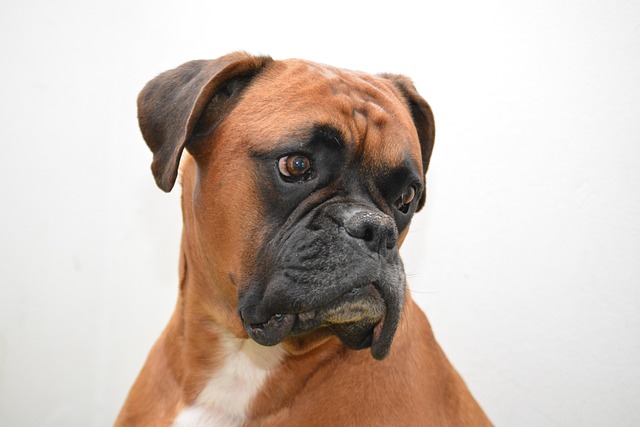
Chicken sits at the center of countless doggy meal plans—grilled, boiled, mixed into kibble. But the whisper of a link between chicken and pancreatitis leaves pet owners second-guessing every bowl.
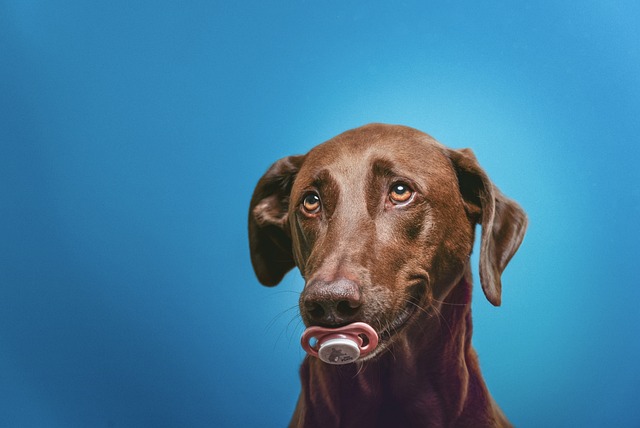
That first squint or crusty discharge around your dog’s eye tugs at every pet parent’s heart. It’s tempting to hope it’ll clear up on its own, but those puppy eyes deserve honest attention—some infections fade with care,
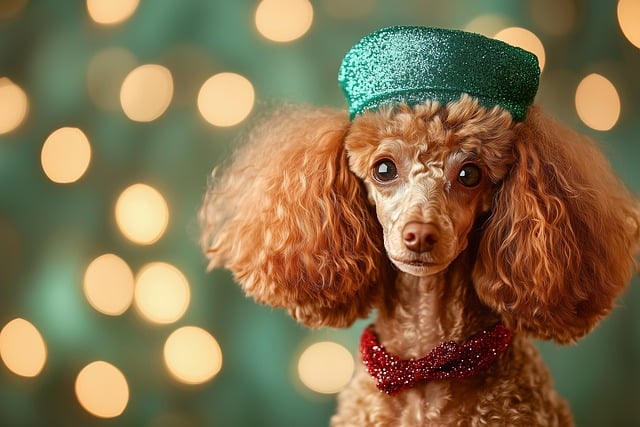
Discover how climate and season shape the perfect grooming routine for your Samoyed's unique double coat—beyond one-size-fits-all brushing tips.
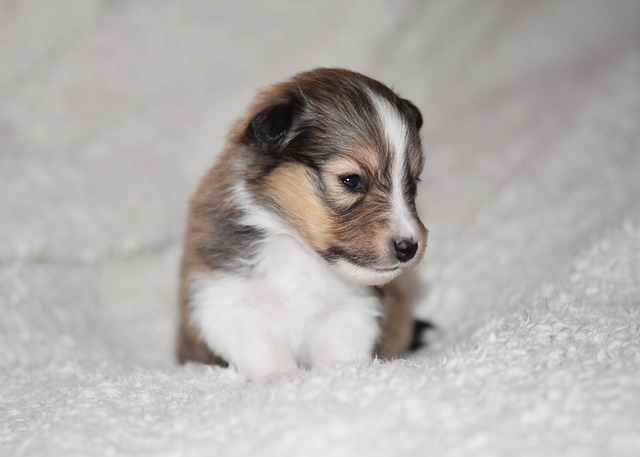
Trimming a German Shepherd’s double coat harms their health—proper grooming, not shaving, keeps them protected, comfortable, and vibrant year-round.
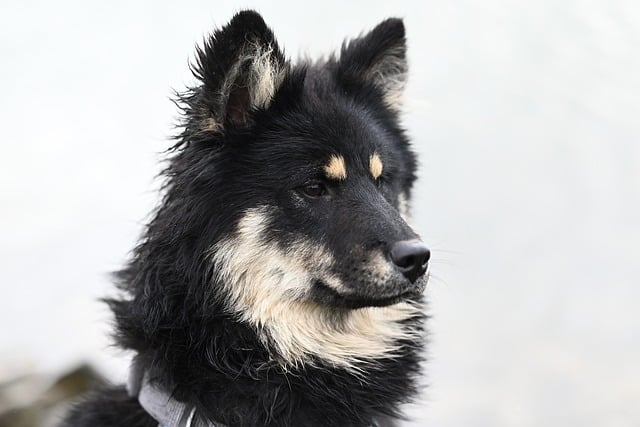
July sparks an intense shedding surge in Labradors, driven by heat, daylight, and humidity—a complex cycle beyond typical seasonal changes. Manage fur wisely!